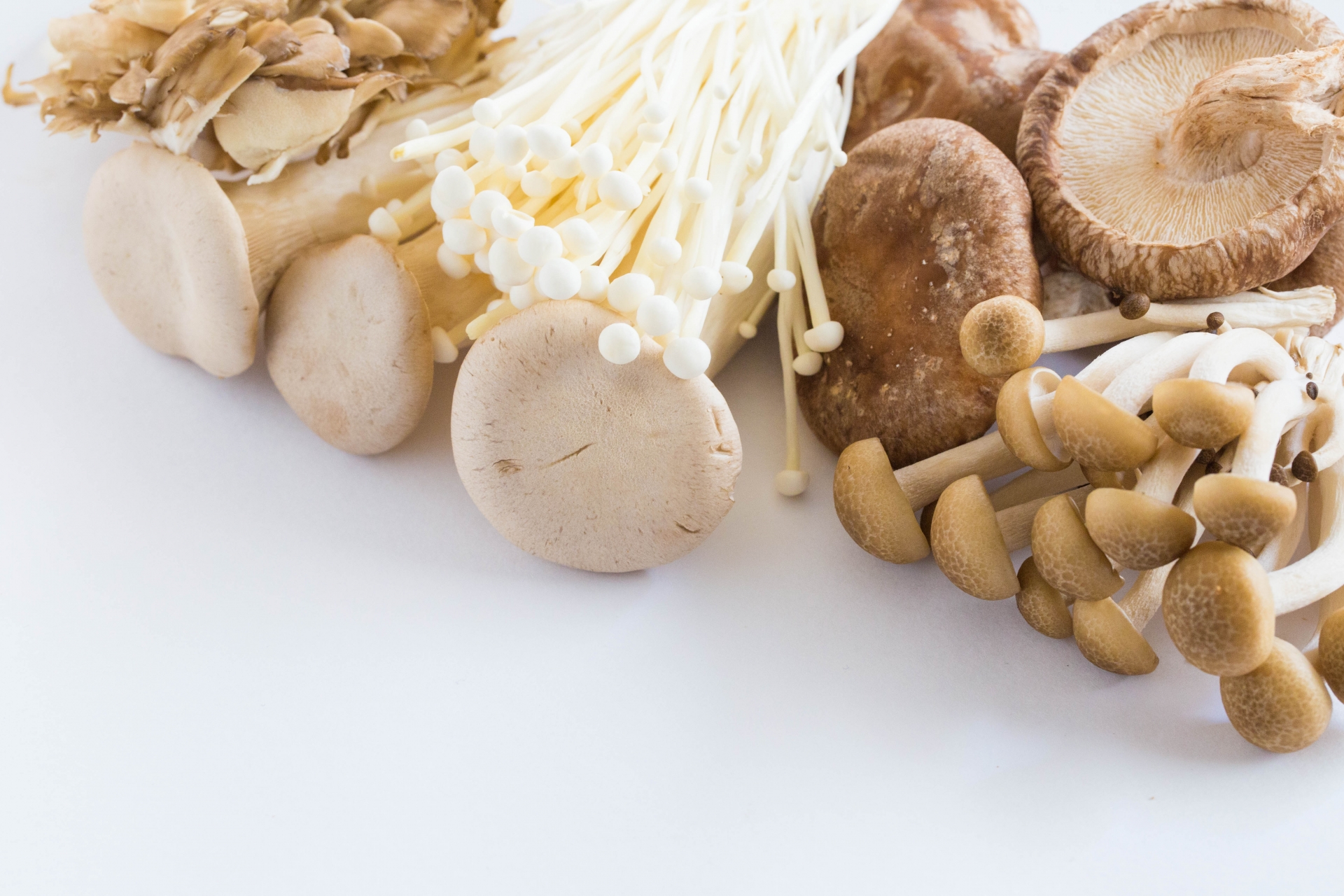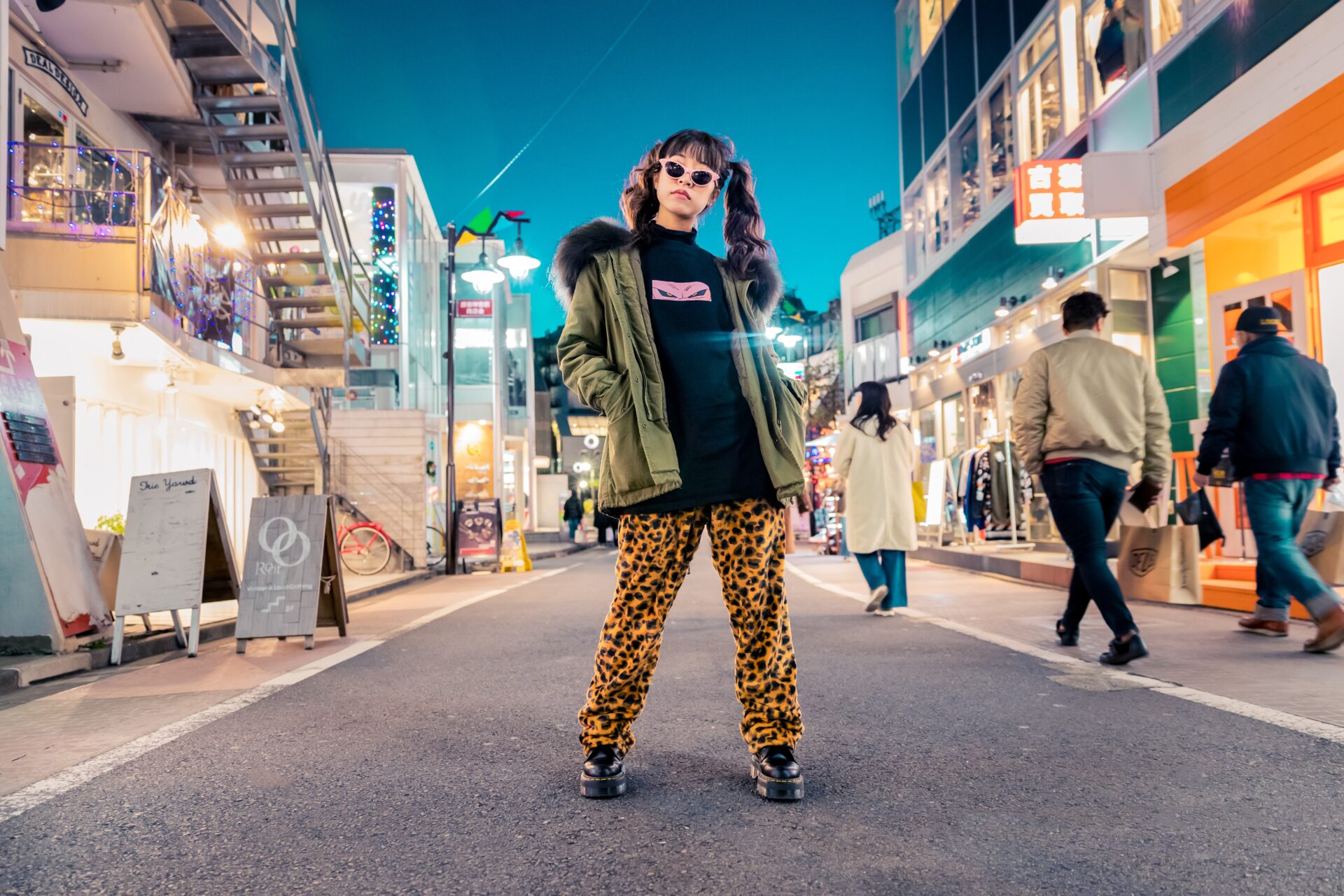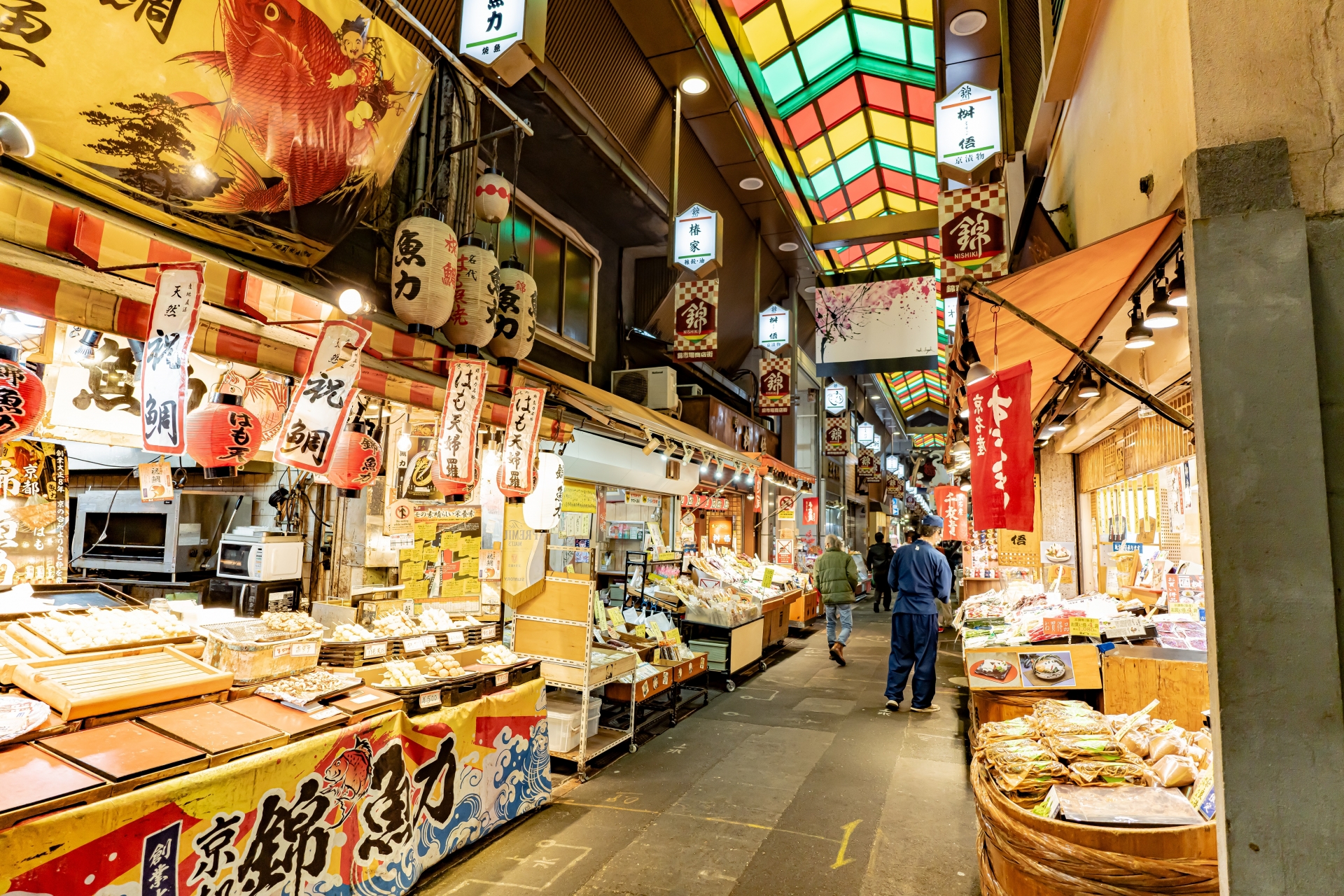Mushrooms are often counted as one of Japan’s autumn delicacies and are very popular in Japan, hence a wide variety of edible mushrooms can be found in supermarkets. Mushrooms are very easy to use when cooking, and when cooked in dishes like soups, rice, or stir fries, they give off a strong and delicious flavor. In this article we will introduce 10 types of edible mushrooms that you can find in Japan!
- 1. Enoki mushroom
- 2. Eryngii (King oyster mushroom)
- 3. Maitake mushroom
- 4. White mushroom
- 5. Nameko mushroom
- 6. Shiitake mushroom
- 7. Hiratake mushroom (Oyster mushroom)
- 8. Shimeji mushroom
- 9. Kikurage (Cloud ear mushroom)
- 10. Matsutake mushroom
- Japan Wonder Travel Food Tours
- Other articles you might be interested in
1. Enoki mushroom
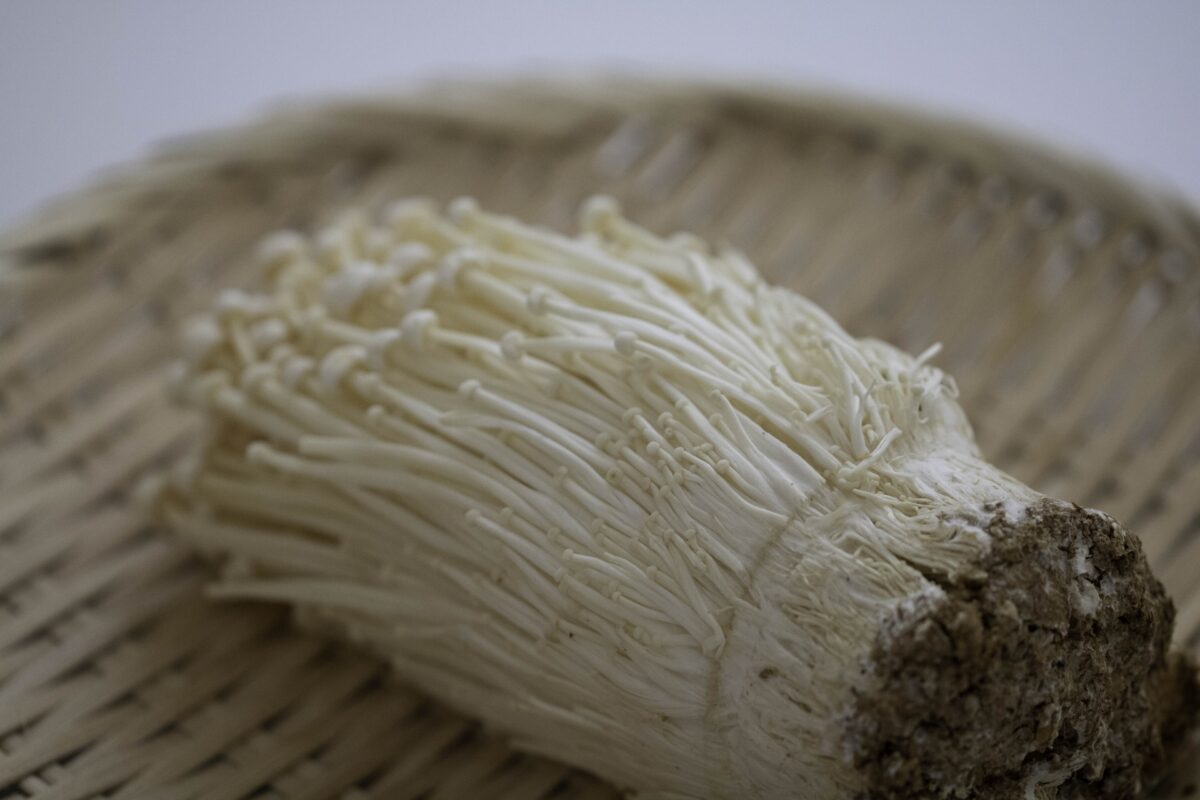
Enoki mushrooms grow at the base of enoki and konara trees. Wild enoki mushrooms are large and short, while those sold in supermarkets are cultivated in fungus beds and are long and milky. Enoki mushrooms contain vitamin B and dietary fiber nutrients. They are in season during the winter and are usually eaten cooked. They are very tasty in stir-fries, soups, and as a garnish in hot pot dishes.
2. Eryngii (King oyster mushroom)
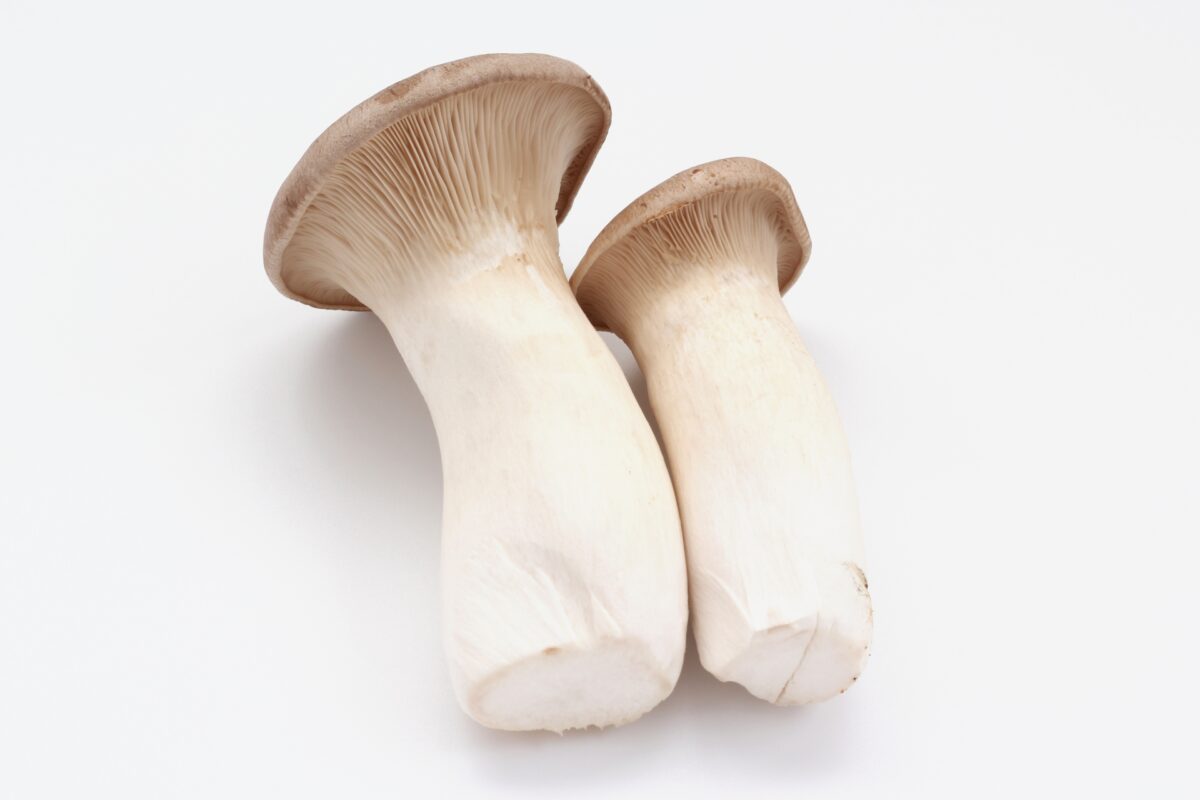
Eryngii, aka the King oyster mushroom, is a mushroom commonly picked throughout the year in Europe and other parts of the world. They are rich in dietary fiber and potassium, which releases salt from your body. They are characterized by their firm stem, which makes them easy to cook. This mushroom is elastic when chewed and is often used in stir-fries, and is especially tasty when cooked with oil.
3. Maitake mushroom
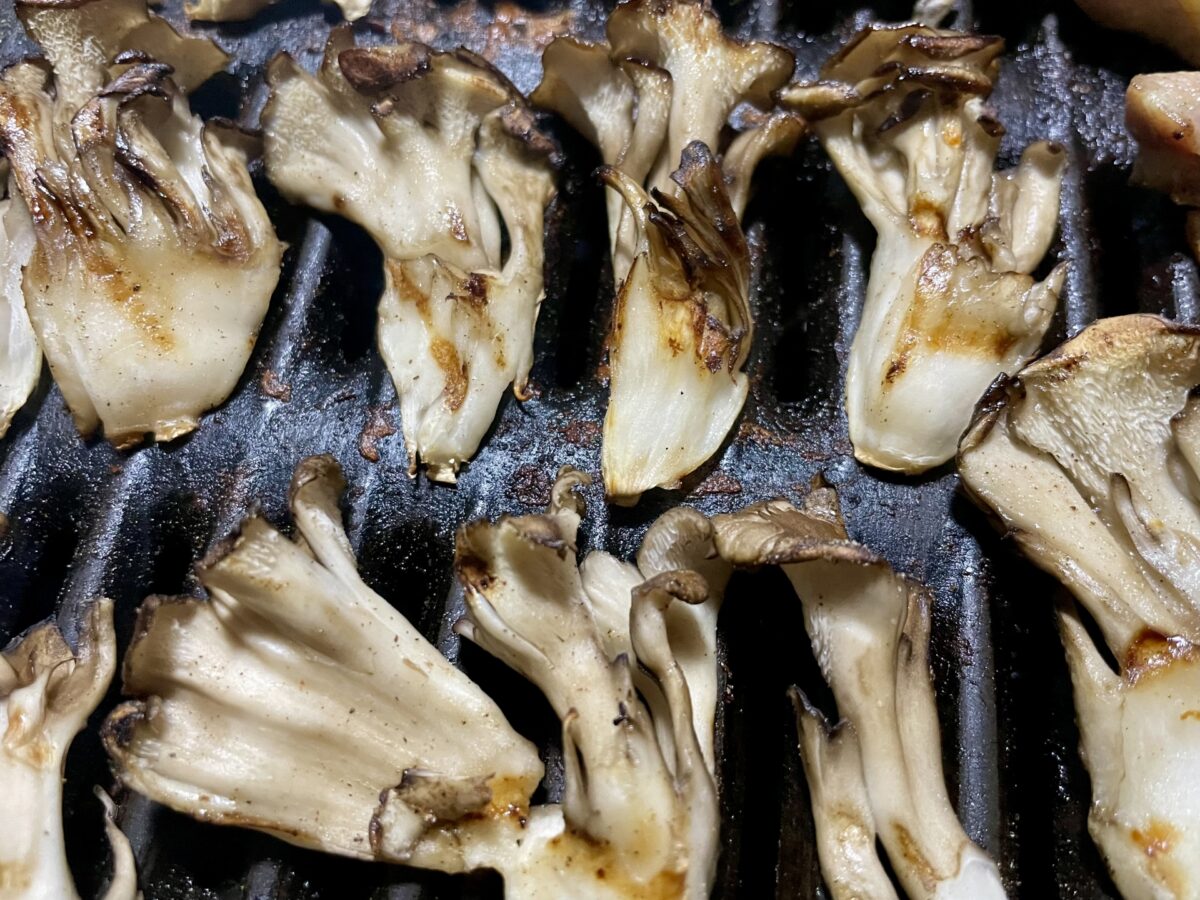
Maitake mushrooms have been popular in Japan since ancient times because of their strong umami flavor when heated or cooked. The name “maitake (舞茸)” can be translated into English as “dancing mushroom” and is said to have originated from the saying that “people are so happy to find the mushroom that they dance” and “their fluttering caps look like they are dancing”.
This mushroom is usually eaten cooked, often in a hot pot, soup, or in tempura dishes. They are rich in beta-glucan, which is believed to be effective in restoring the immune system, inhibiting the growth of cancer cells, and lowering cholesterol levels, and is widely known as a healthy food.
4. White mushroom
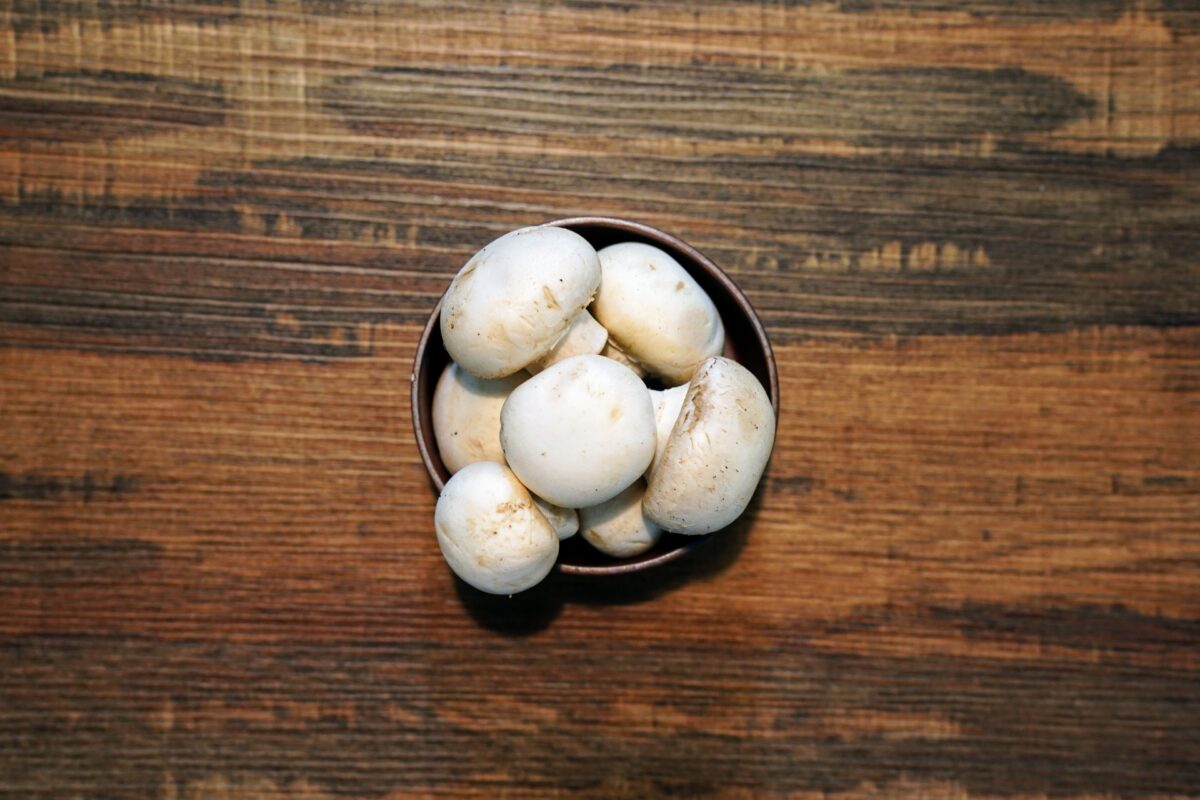
White mushrooms are probably one of the most common mushrooms you see at your local supermarkets. White mushrooms are grown in a wide range of regions including the United States, Europe, and Asia, and are said to be the most produced mushroom in the world. In Japan, the most popular mushrooms are white mushrooms that have an elegant taste, and brown mushrooms that have a rich aroma and flavor. They are often included in Western-style soups such as beef stew and cream stew.
5. Nameko mushroom
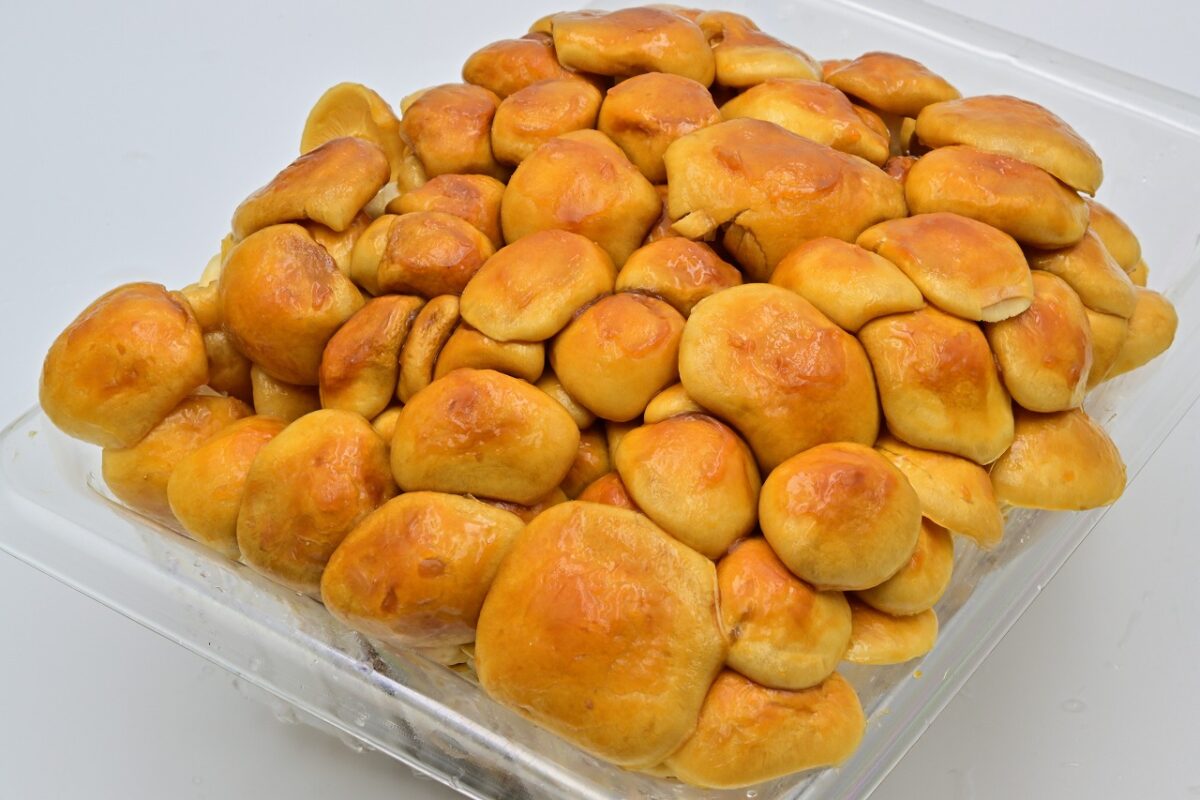
Nameko mushroom, a chewy and slimy mushroom, is one of the mushrooms that Japanese people often eat. They are characterized by their slimy texture so some people are not fond of this particular mushroom. However, they make a very good soup stock, so nameko mushrooms in miso soup are pretty standard in Japan.
Since nameko mushrooms have a lot of water in them and are prone to spoilage, it is recommended that you eat them within a day or two.
6. Shiitake mushroom
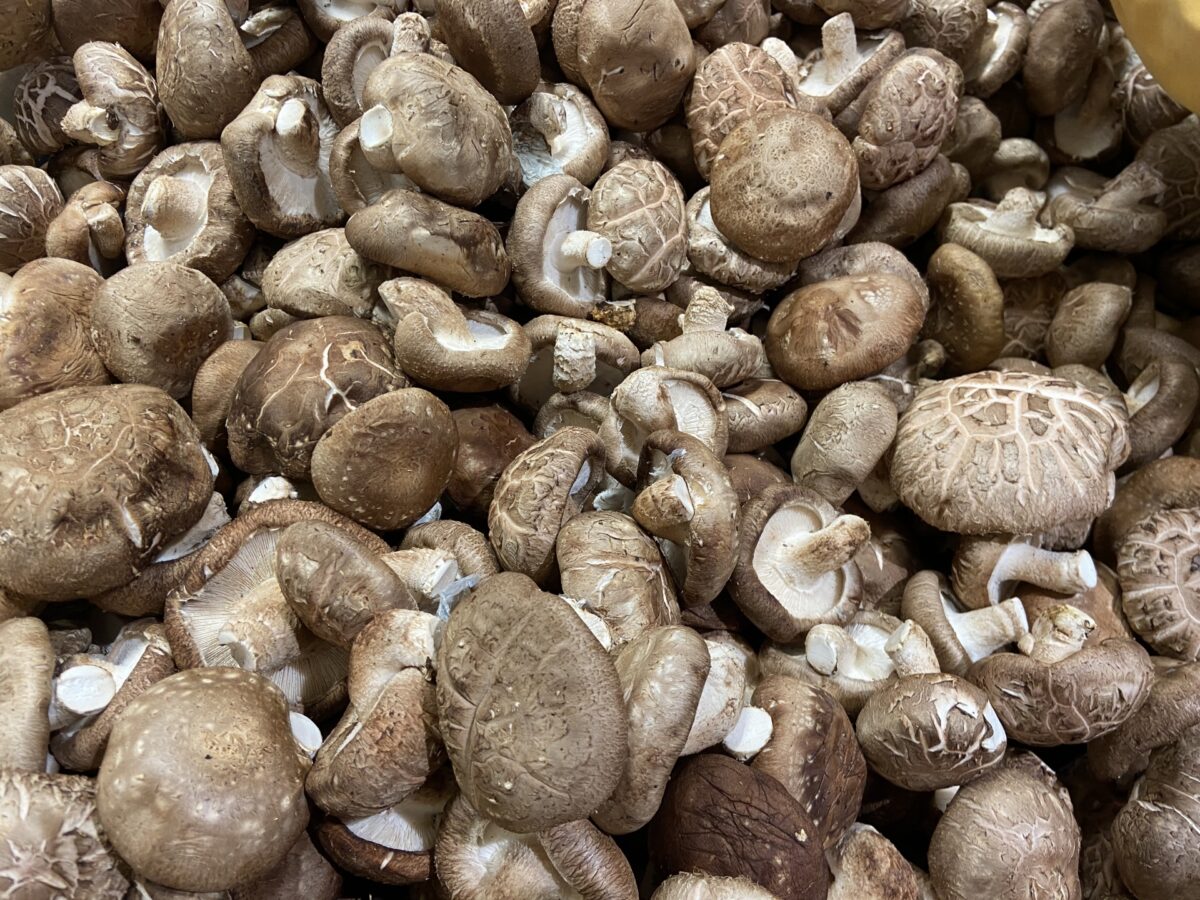
One of the most common mushrooms in Japan is the shiitake mushroom. Shiitake mushrooms are known to contain glutamic acid, one of the most delicious flavors, and are especially popular in Japanese cuisine. Dried shiitake mushrooms, made by removing the water from them, are a treasure trove of concentrated flavor. When the dried shiitake mushrooms are put back in the water or seasoned soup, their delicious flavor is released.
7. Hiratake mushroom (Oyster mushroom)
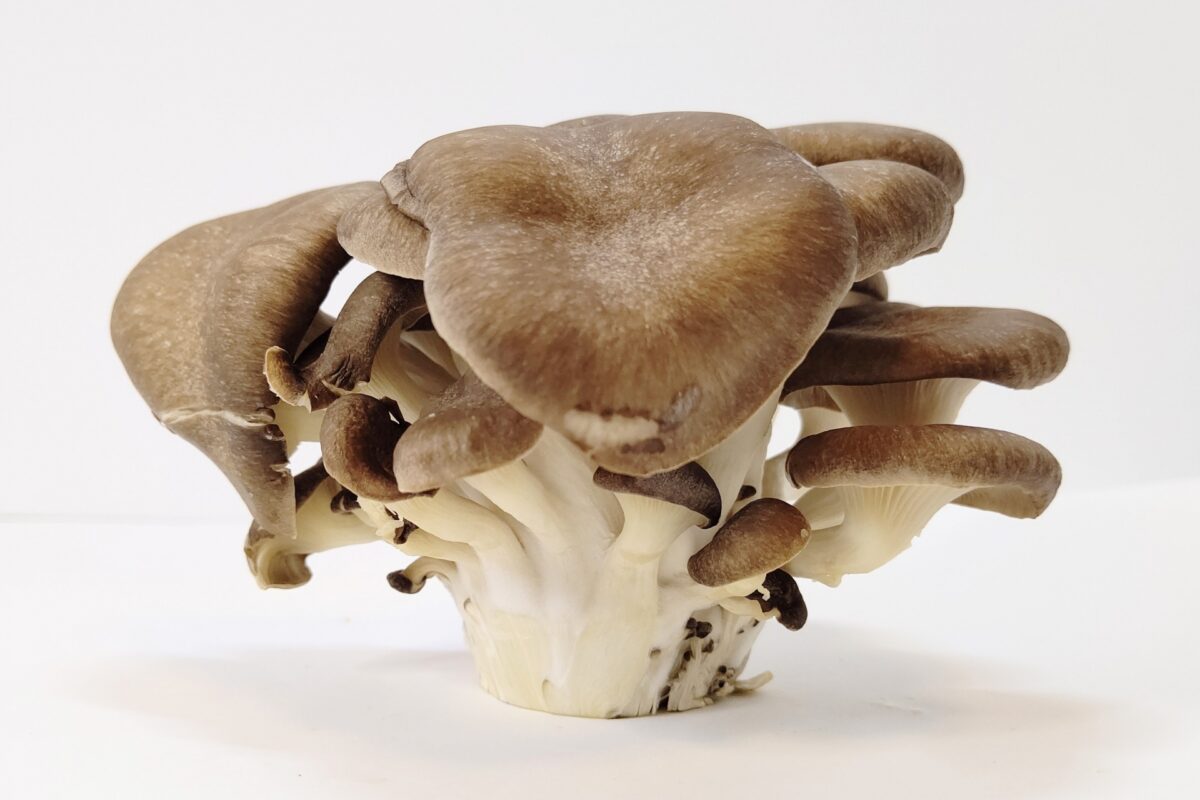
The Hiratake mushroom, aka oyster mushroom, is an edible mushroom that grows mainly on dead trees and stumps of broadleaf trees. Most hiratake mushrooms currently available in Japan are cultivated in fungus beds. They are crunchy and thick and are often eaten sautéed in butter or other stir-fries.
8. Shimeji mushroom
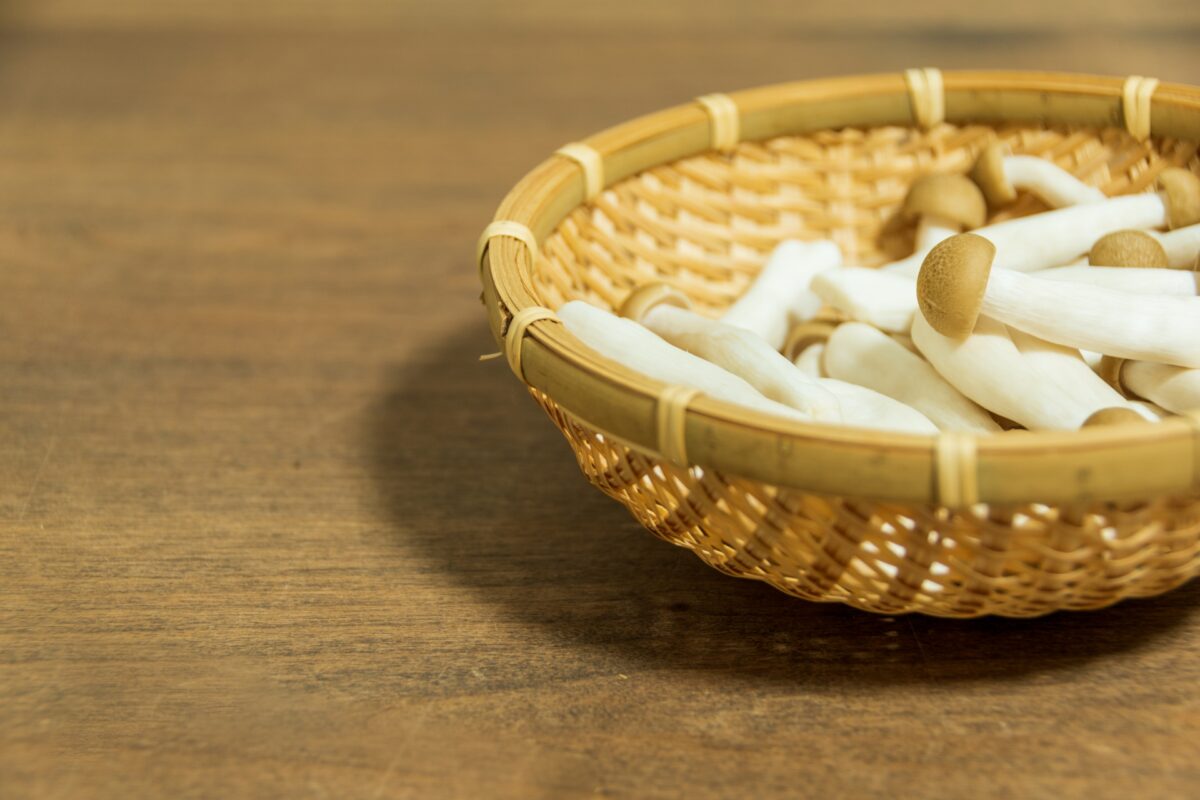
The Shimeji mushroom is as popular in Japan as the shiitake mushroom. Because it has few peculiarities, it is used in a wide variety of dishes such as hot pots, miso soup, and cooked rice. Japanese people often buy shimeji mushrooms at supermarkets because they are reasonably priced. Recently, white shimeji mushrooms, which are the result of the breeding of shimeji mushrooms, have been introduced and are characterized with a sweeter taste.
9. Kikurage (Cloud ear mushroom)
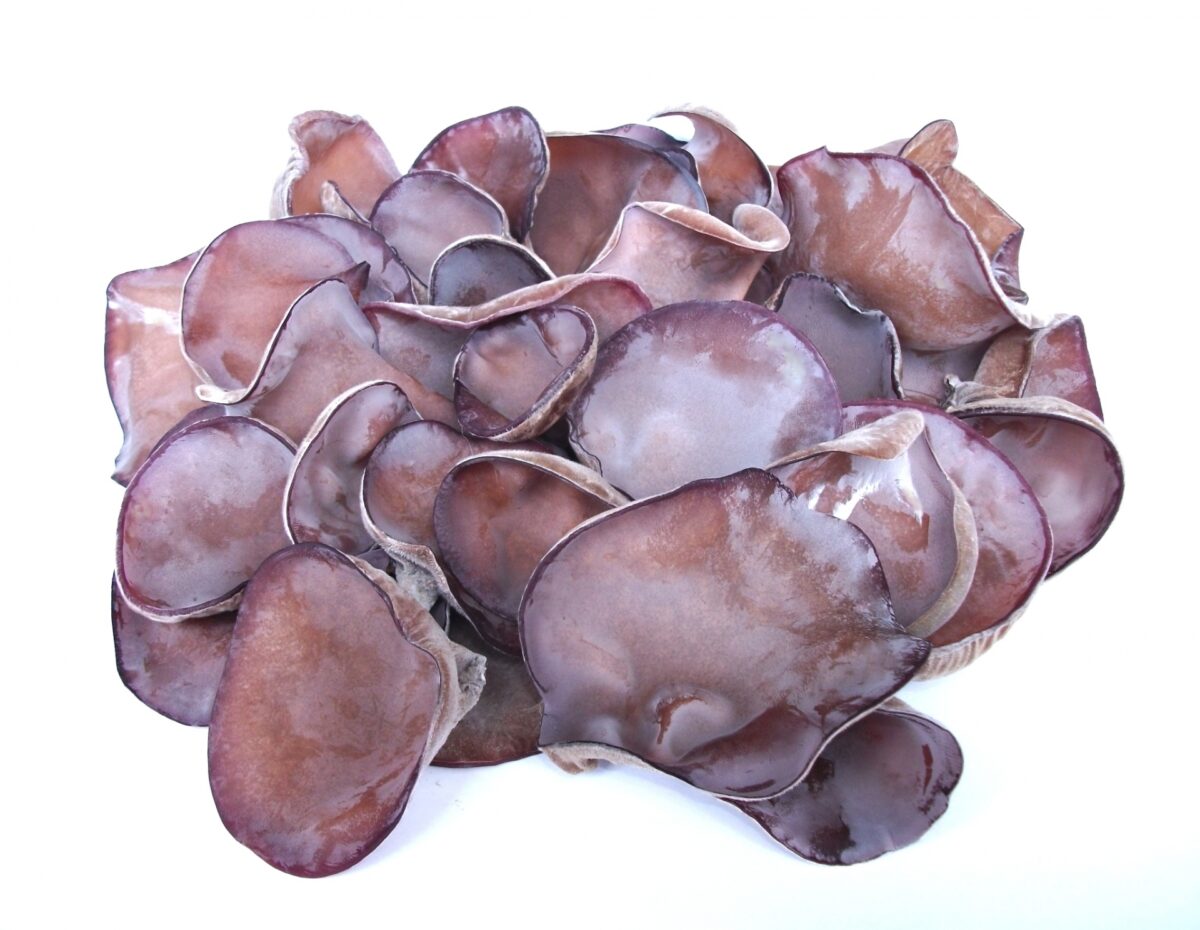
These plump, dark brown mushrooms are called kikurage and are widely eaten in Asian countries such as China and Taiwan as well as Japan. Kikurage mushrooms distributed in Japan are often dry and come from China, but recently some supermarkets have started to sell fresh kikurage as well. They have a soft texture and are known as a standard ingredient in Chinese cuisine.
10. Matsutake mushroom
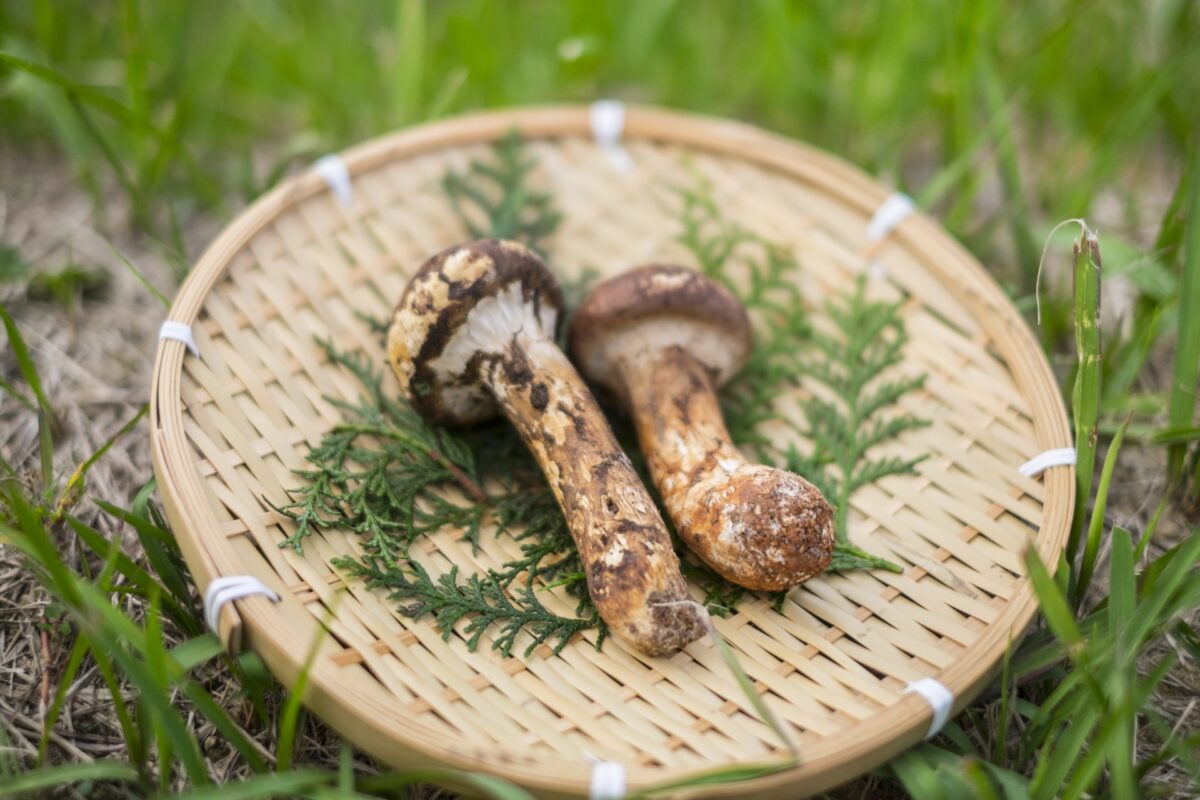
The last mushroom we will introduce is the matsutake mushroom. The matsutake mushroom is known as a high-grade mushroom in Japan and is a kind of luxury food. It is said that matsutake mushrooms grow in sunny forests where there are red pines. The unique smell of matsutake mushrooms is not well received in other countries, but Japanese people love the smell very much. The reason for the high price is that the number of red pine trees growing naturally has been decreasing and the technology to artificially produce matsutake mushrooms has not yet been developed. Matsutake mushrooms are truly a blessing from nature.
Japanese mushrooms are often found in various dishes and are an essential ingredient in Japanese dishes. We hope this article has helped you find some Japanese mushrooms that you would like to try. Many people nowadays go out to nearby mountains to enjoy picking mushrooms, but be sure to avoid eating them at your own discretion, as there are a number of poisonous mushrooms out there. It is best if you can find Japanese mushrooms in your local supermarket and try them in your own dishes. It will enrich the flavor of your dishes and make them all the more delicious.
Japan Wonder Travel Food Tours
Japan Wonder Travel is a travel agency that offers guided tours throughout Japan.
From private walking tours to delicious Food and Drink tours, we can help organize the best tours just for you! If you want to explore Japan and learn more about the history and backstories of each area you are traveling in, our knowledgeable and friendly guides will happily take you to the best spots!
In addition, we can provide you with any assistance you may need for your upcoming trip to Japan, so please feel free to contact us if you have any questions or need some help!
▶Tokyo Tsukiji Fish Market Food and Drink Tour
Explore the most lively and popular fish market in Tokyo where you will have the chance to try some of the local’s favorite street foods and sake along with your friendly English speaking guide!

▶Shinjuku Bar Hopping Tour: Experience Tokyo’s Nightlife in Izakaya
Check out the best spots in Shinjuku while bar hopping through the lively and vibrant area. Try some delicious local food and drink as you explore the narrow yet photogenic alleys that the town has to offer. Experience Japanese izakaya culture and drink in Shinjuku like the locals!
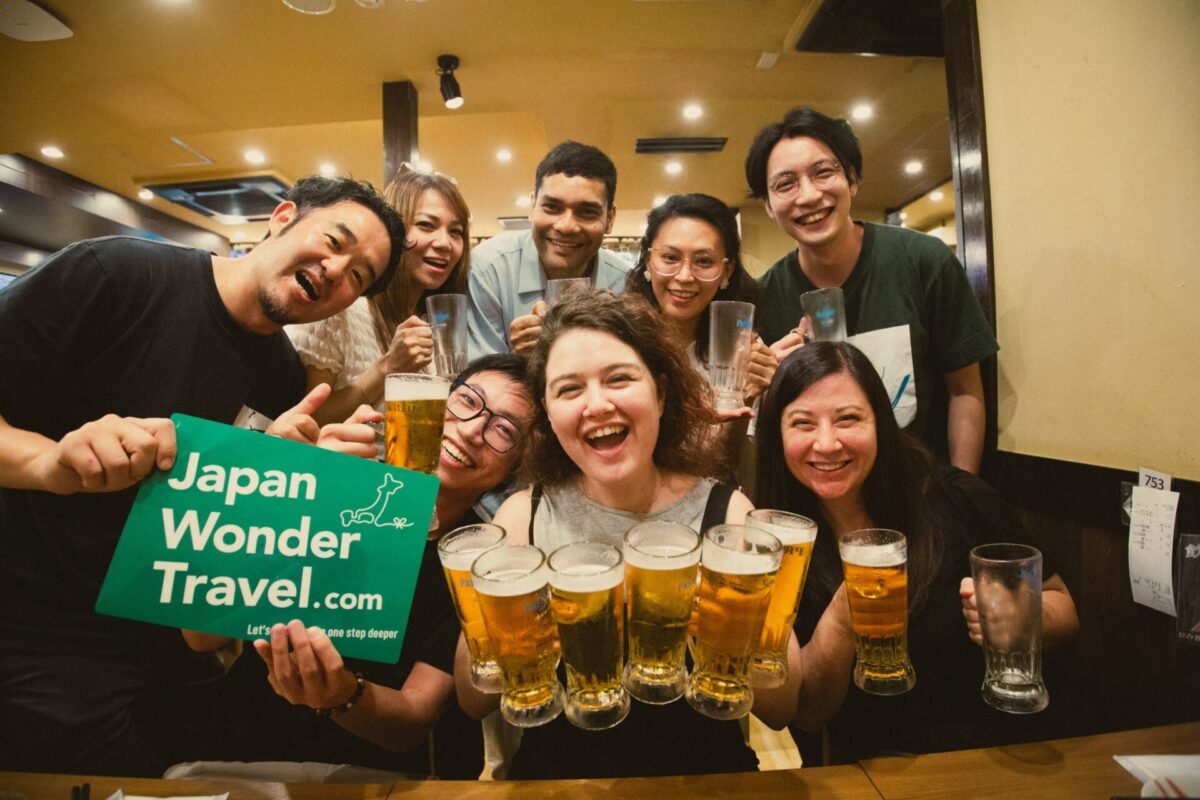
▶Explore Nishiki Market: Food & Culture Walk
If you’re looking to learn more about the culture and the local cuisine of Kyoto, this is the perfect tour for you! Take part in this Kyoto food and drink tour and explore the 400-year-old market and the surrounding areas.
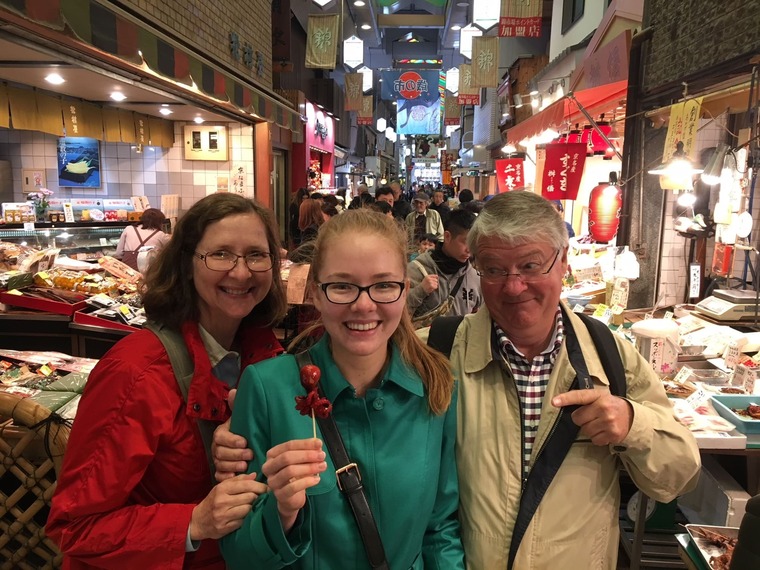
Follow us on Instagram, Facebook, Twitter, and TikTok for more travel inspiration. Or tag us to get featured!
Happy traveling!
Stay informed of the best travel tips to Japan, the most exciting things to do and see, and the top experiences to have with the Japan Wonder Travel Newsletter. Every week we will introduce you to our latest content.
Other articles you might be interested in

Mao Goto is a Japanese freelancer who was born in Hayama, Kanagawa prefecture and raised in Tokyo. Since 2016 she lives in the Taito Ward, home to a lot of Japanese culture hotspots such as Asakusa, Akihabara, and Ueno. She has been interested in the field of English education in Japan and got her Master’s degree in March 2020. A lover of photography, travel, sweets, and cross-stitch. Contact her via Facebook.
This post may contain some affiliate links. When you click through and make a purchase we may receive some commission, at no extra cost to you.
